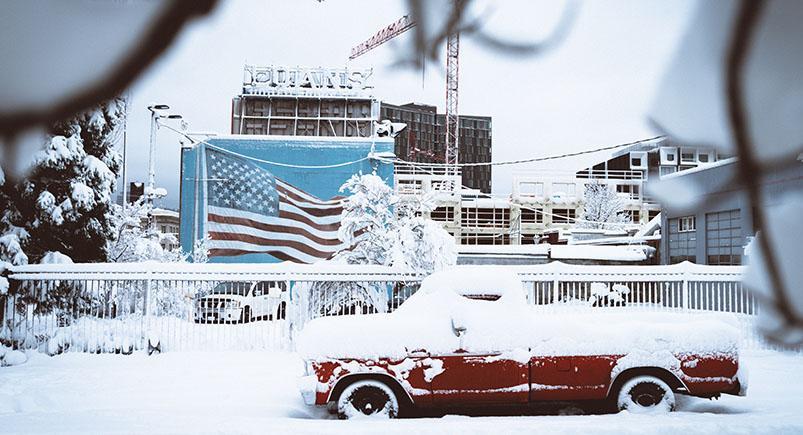
The constant onslaught of storms across the country this season forced fleet-based businesses to face tough logistical problems. Weather systems with ominous names like the “polar vortex” caused roads to close, cities to lose power, and regions ill-equipped to deal with such extreme conditions to learn about sub-zero temperatures the hard way. The result was a messy mix of unexpected school closures, abandoned vehicles, and people stuck at the office or even in school buses for several hours or overnight.
For fleets, the common questions were: Can roads and highways be safely navigated in slick and icy conditions? What about the dense fog and high winds? Can deliveries be made on time, if at all? How can service-based companies respond to emergencies as quickly and efficiently as possible? Plus, there was the matter of the spike in fuel costs; as the thermostat dropped, natural gas prices seemed to proportionately rise.
However, for some businesses these storms have upped their activity — and their bottom line. In preparation for up to eight inches of snow, Pittsburgh is adding 65 public trucks to their fleet while PennDOT sped up deliveries of road salt, sending 60 dump trucks to pick up 20,000 tons from a vendor in Delaware to be taken to the Philadelphia, Allentown, and Harrisburg regions. With deliveries taking place 24/7, some fleet owners might argue business has never been better. But while the public sector side of things is needed more than ever, the private fleets are seeing rescheduled and even canceled deliveries in their forecast.
According to the Insurance Information Institute in New York, “Wave after wave of winter storms have grounded tens of thousands of flights, frozen pipes, collapsed roofs, and disrupted business across the U.S. Insured losses reached more than $1.5 billion since Jan. 1.”
How Can You Prepare?
1. GET GAS Maintain fuel levels at no less than a half a tank of gas at all times. Water vapor that collects in the bottom of a tank can be drawn into the fuel line and freeze, preventing engine start. In areas of extreme cold, gas-line antifreeze is a beneficial additive.
2. WIPE WELL Inspect vehicle wipers and consider switching them to heavy-duty blades in areas prone to frequent snow showers and storms. Heavy-duty blades also can cut through some ice buildups. Check each vehicle to make sure every light is working at full beam.
3. UNDER PRESSURE Drastic temperature changes can cause substantial tire pressure fluctuation. Drivers should check tire pressure several times a month. Improperly inflated tires can reduce gripping action when drivers need it most.
4. GET CONNECTED Affordable M2M solutions, which can communicate from the office to the road, can help quickly locate trucks in trouble and where they are on a map.
Have any questions on how Actsoft can help you?















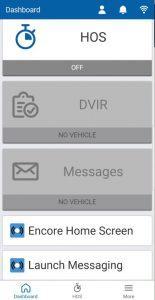
 Encore & Geotab Drive
Encore & Geotab Drive
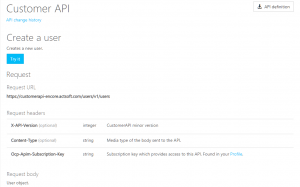




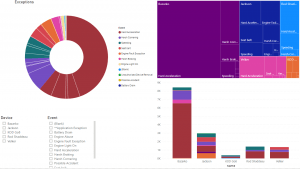


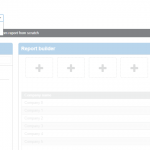
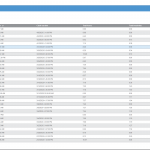
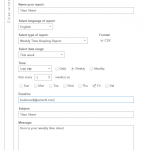


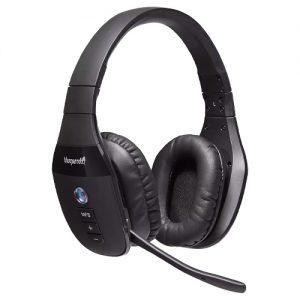
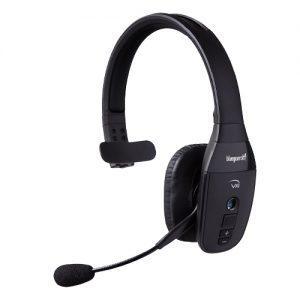
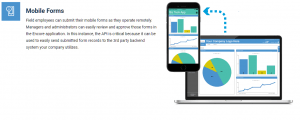
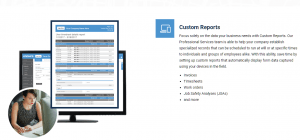
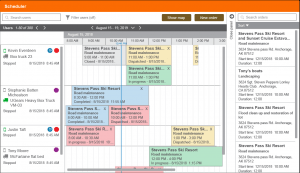
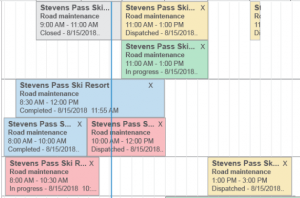
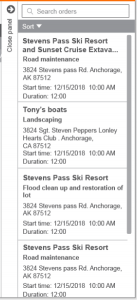
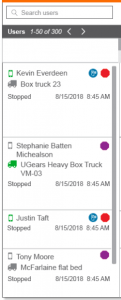
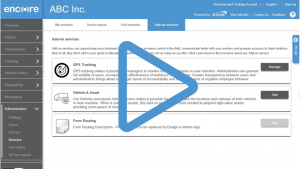
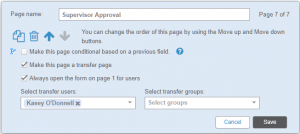
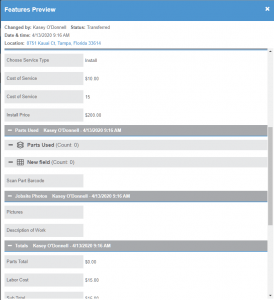
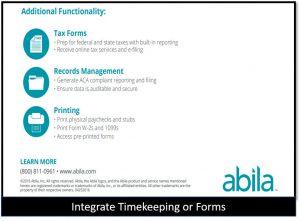
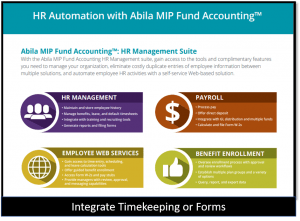

 Gain even greater insight into the daily activities of your fleet using the combination of Geotab and Actsoft. Geotab devices provide detailed data collection and seamless integration with our solutions; learn more about the ways your vehicles are being used daily with the power of this tandem.
Gain even greater insight into the daily activities of your fleet using the combination of Geotab and Actsoft. Geotab devices provide detailed data collection and seamless integration with our solutions; learn more about the ways your vehicles are being used daily with the power of this tandem.



 Actsoft partnered with Odin to provide our solutions overseas, through payment processing integrations. Odin helps us support user management for our software; customers can also purchase our products through Odin’s billing platform.
Actsoft partnered with Odin to provide our solutions overseas, through payment processing integrations. Odin helps us support user management for our software; customers can also purchase our products through Odin’s billing platform.

 VisTracks powers our Electronic Logging Device (ELD) solution, which enables transportation businesses to easily automate their hours of service logs, remain in governmental compliance, and reduce their potential to incur costly fines.
VisTracks powers our Electronic Logging Device (ELD) solution, which enables transportation businesses to easily automate their hours of service logs, remain in governmental compliance, and reduce their potential to incur costly fines. Integration between Actsoft solutions and BeWhere’s software products is available. Take your team’s asset tracking, cellular data connectivity, and field insight a step further with effective, cross-application compatibility.
Integration between Actsoft solutions and BeWhere’s software products is available. Take your team’s asset tracking, cellular data connectivity, and field insight a step further with effective, cross-application compatibility.
 CalAmp tracking devices for vehicles and assets alike are compatible with Actsoft solutions, making it easy for you to efficiently monitor your equipment and fleet cars. Help your team enhance accountability, safety, and savings through a combination of easily installed hardware and intuitive software.
CalAmp tracking devices for vehicles and assets alike are compatible with Actsoft solutions, making it easy for you to efficiently monitor your equipment and fleet cars. Help your team enhance accountability, safety, and savings through a combination of easily installed hardware and intuitive software.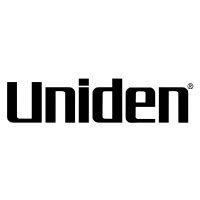 Our partnership with Uniden is ideal for companies looking to gain advanced diagnostics on their fleets. Uniden’s extensive product listing of car electronics like radios, dash cams, radar detectors, and in-vehicle communicators work in concert with Actsoft’s solutions to better connect your vehicles to the company headquarters.
Our partnership with Uniden is ideal for companies looking to gain advanced diagnostics on their fleets. Uniden’s extensive product listing of car electronics like radios, dash cams, radar detectors, and in-vehicle communicators work in concert with Actsoft’s solutions to better connect your vehicles to the company headquarters. Kyocera offers a wide range of mobile devices, ranging in design from traditional phones to ultra-durable handset technology. Actsoft is able to equip organizations in a variety of different industries with solutions for improved business, while Kyocera supplies the technology they can flawlessly operate on.
Kyocera offers a wide range of mobile devices, ranging in design from traditional phones to ultra-durable handset technology. Actsoft is able to equip organizations in a variety of different industries with solutions for improved business, while Kyocera supplies the technology they can flawlessly operate on.

 Our software is the perfect complement to Apple’s user-friendly technology. Equip your workforce with the devices and solutions it needs for optimized productivity during daily operations with Apple and Actsoft.
Our software is the perfect complement to Apple’s user-friendly technology. Equip your workforce with the devices and solutions it needs for optimized productivity during daily operations with Apple and Actsoft.
 Actsoft and Sanyo teamed up to merge intuitive business management software with the technology of today. This partnership allows us to provide you with all the tools your team needs for improved workflows, better coordination, and optimized productivity.
Actsoft and Sanyo teamed up to merge intuitive business management software with the technology of today. This partnership allows us to provide you with all the tools your team needs for improved workflows, better coordination, and optimized productivity. Motorola’s mobile technology works in tandem with our solutions to provide extra versatility to your business practices. Coupled with our software’s features, Motorola’s reliable devices make connecting your workforce simpler than ever to do.
Motorola’s mobile technology works in tandem with our solutions to provide extra versatility to your business practices. Coupled with our software’s features, Motorola’s reliable devices make connecting your workforce simpler than ever to do. We’re able to bundle certain solutions of ours (including our Electronic Visit Verification options) with Samsung devices to help your team achieve as much functionality as possible, while keeping rates affordable. Use these combinations for accurate recordkeeping, improved communication, and smarter data collection in the field.
We’re able to bundle certain solutions of ours (including our Electronic Visit Verification options) with Samsung devices to help your team achieve as much functionality as possible, while keeping rates affordable. Use these combinations for accurate recordkeeping, improved communication, and smarter data collection in the field.